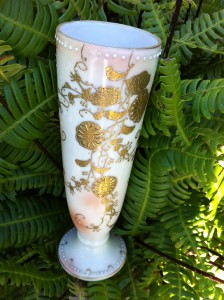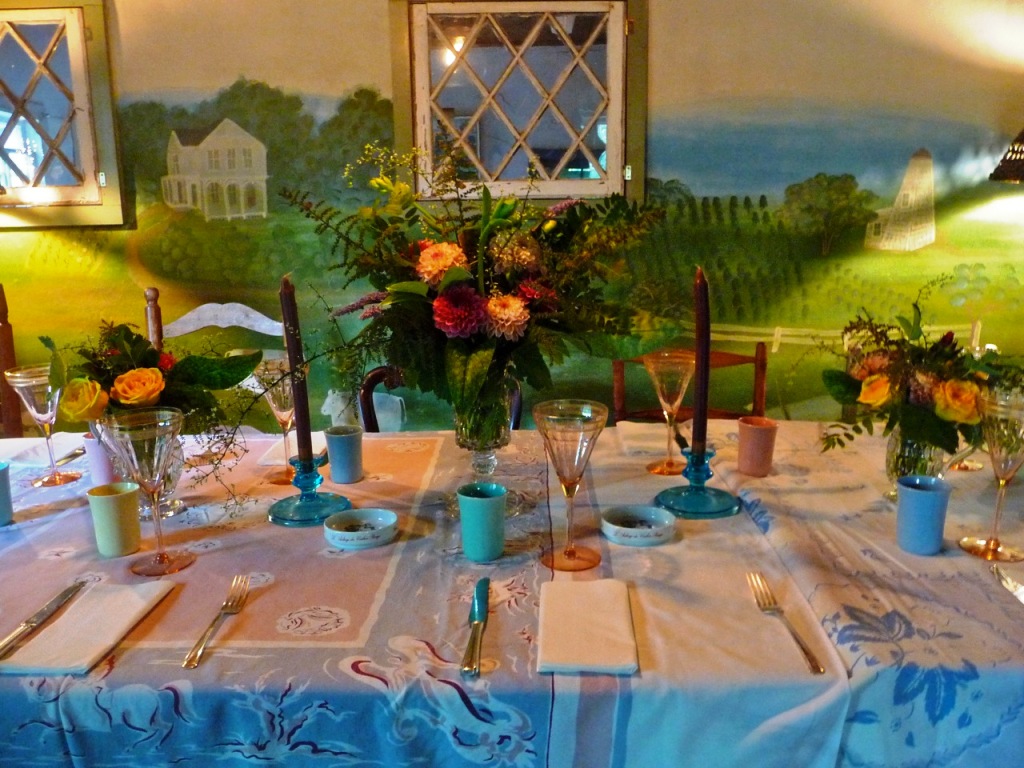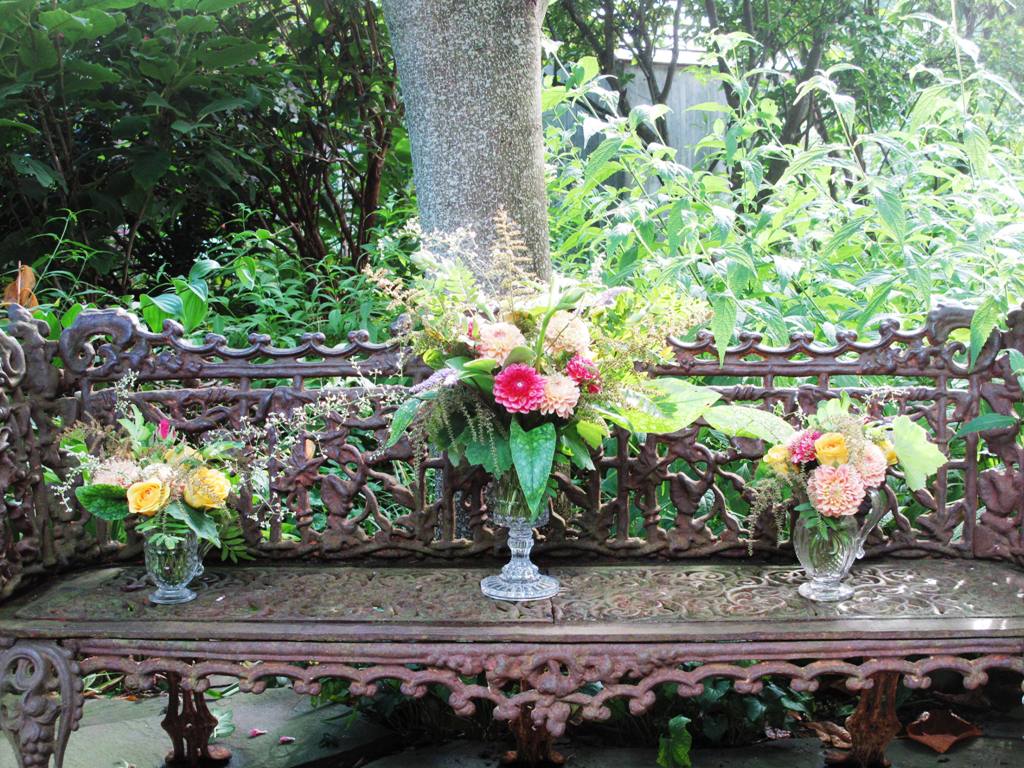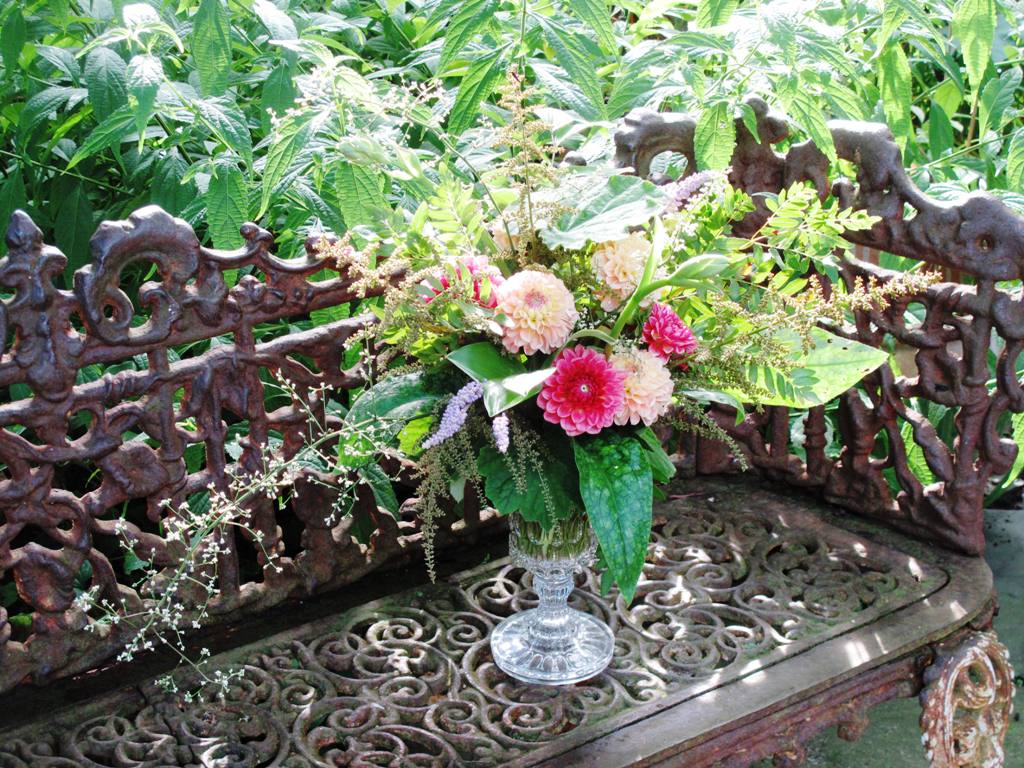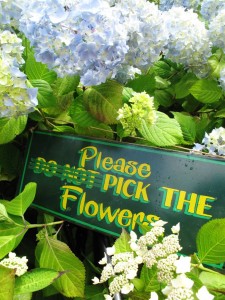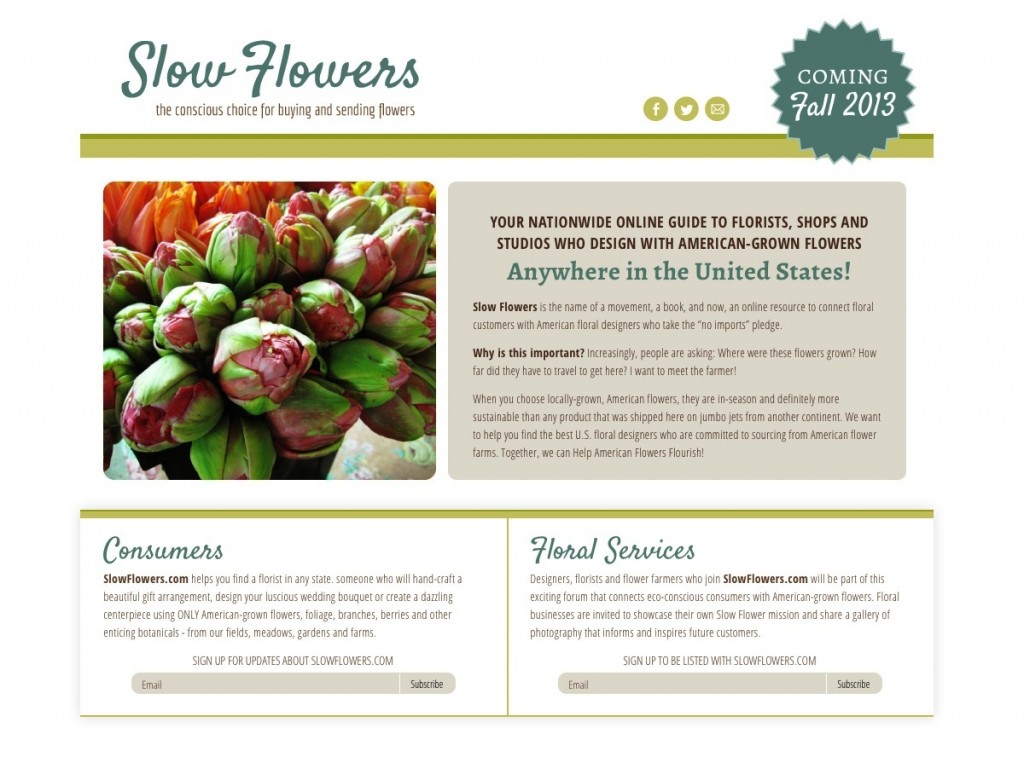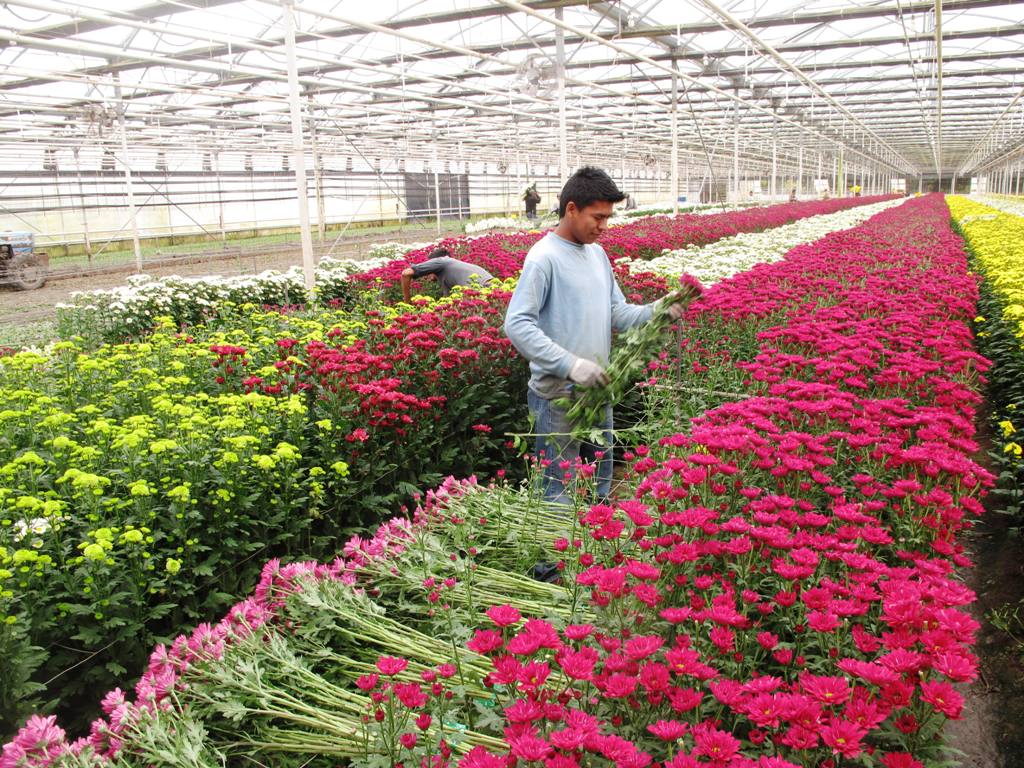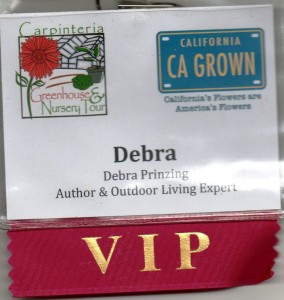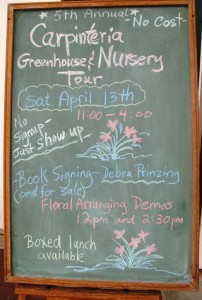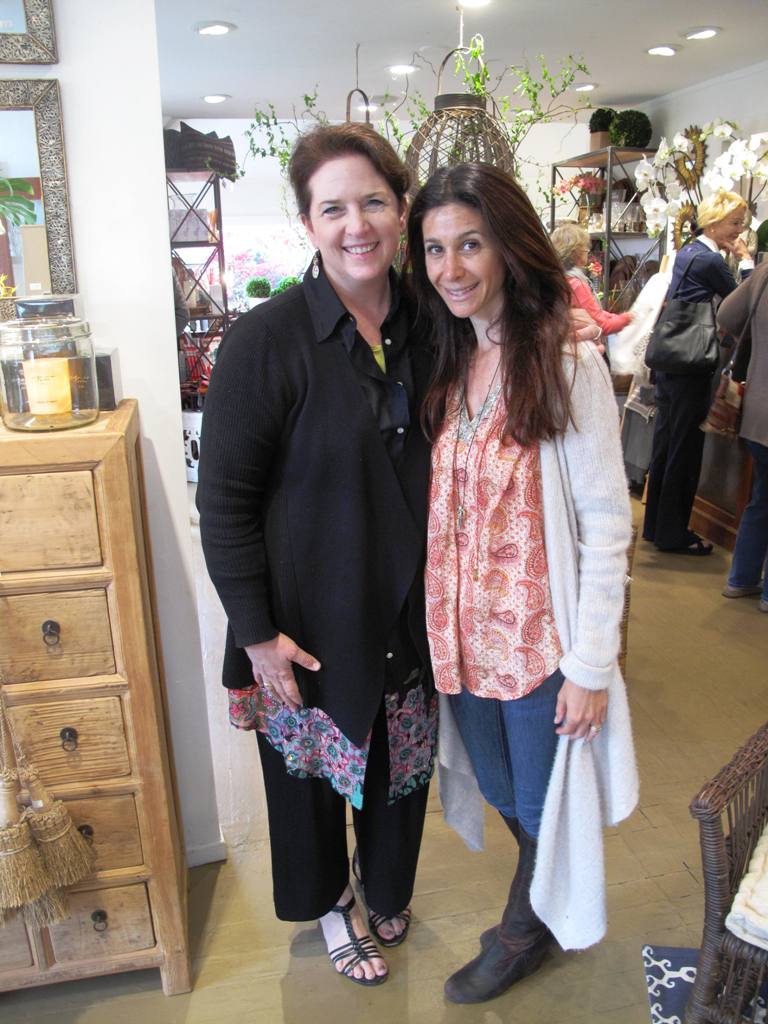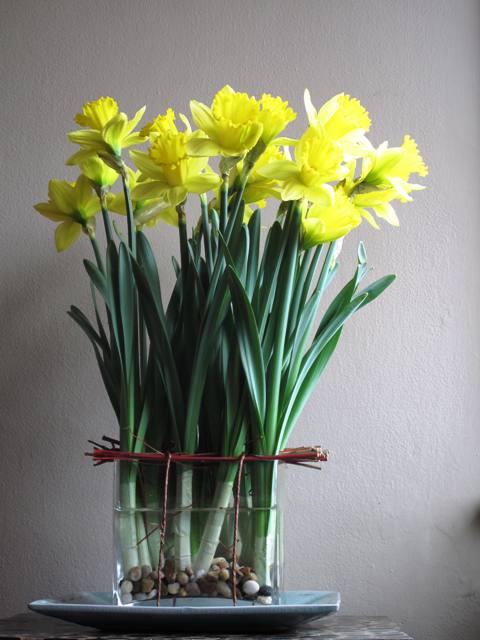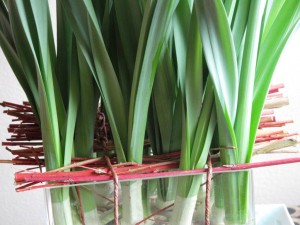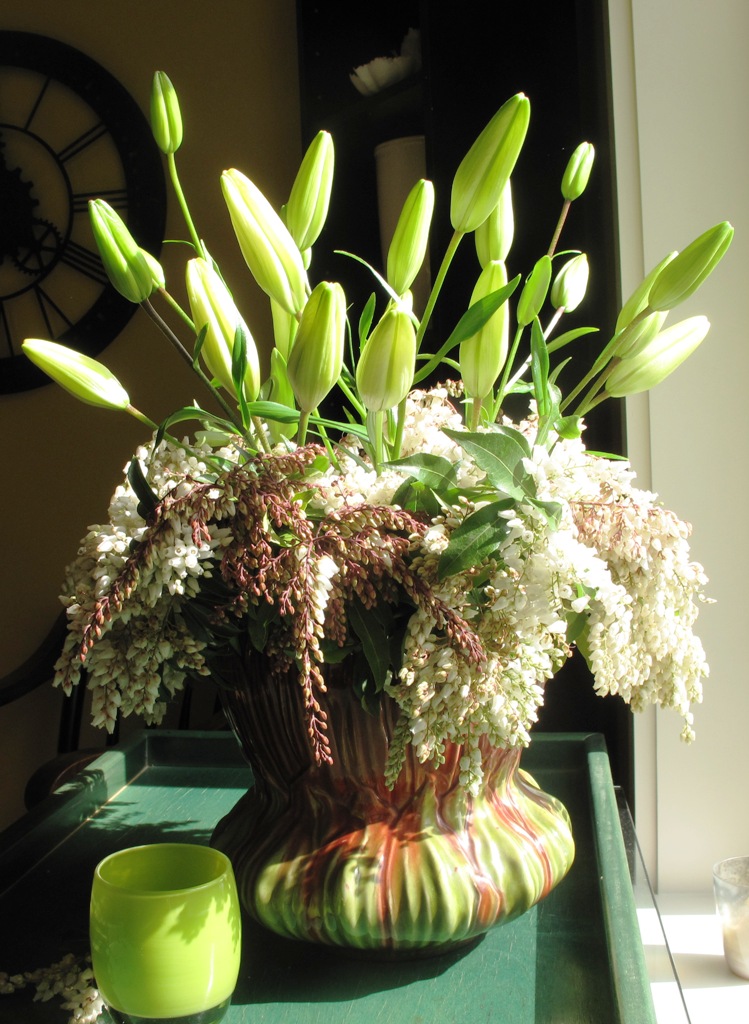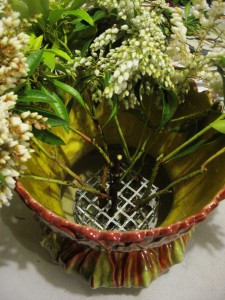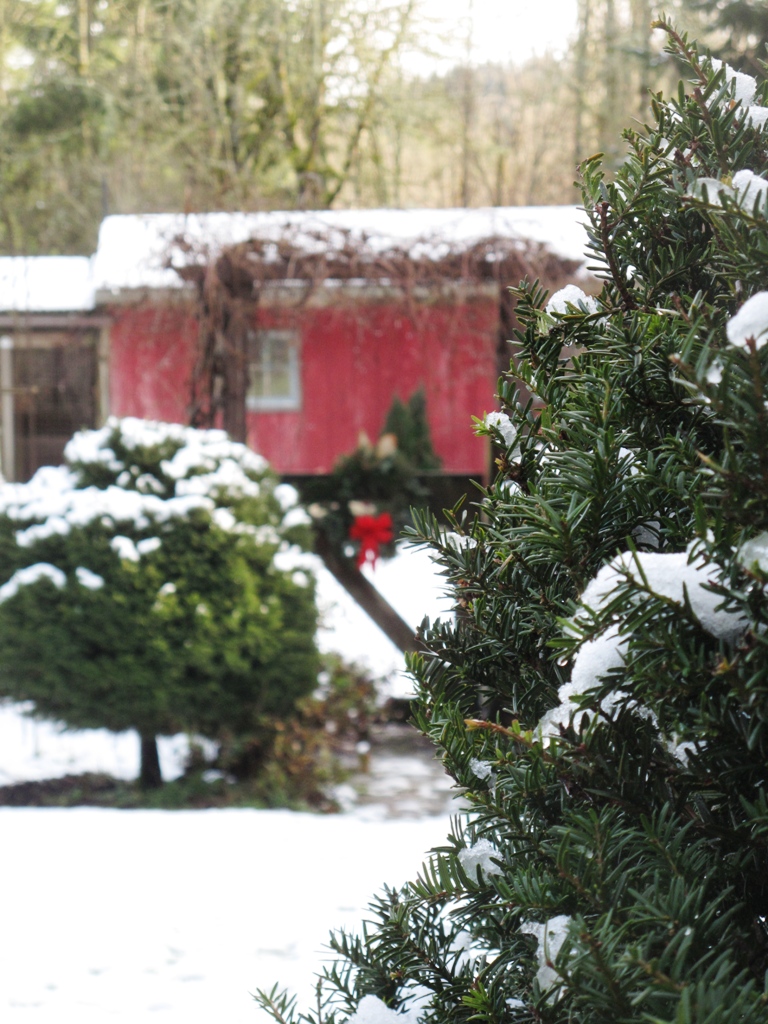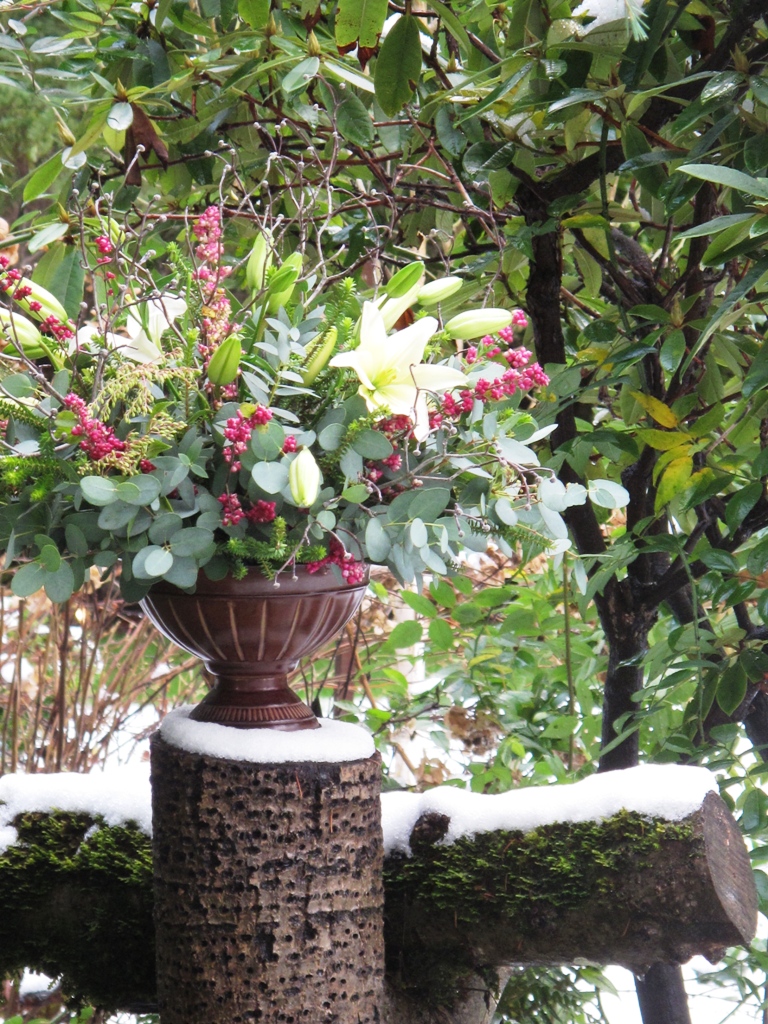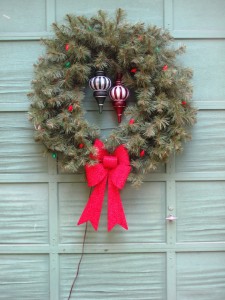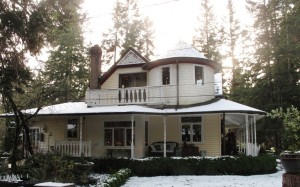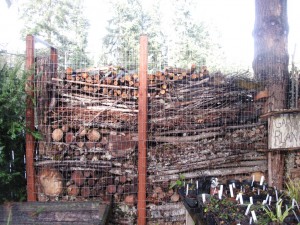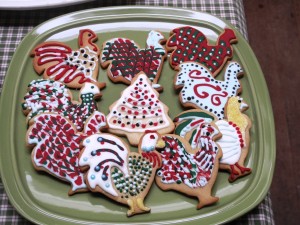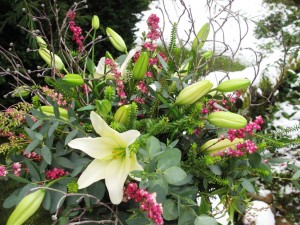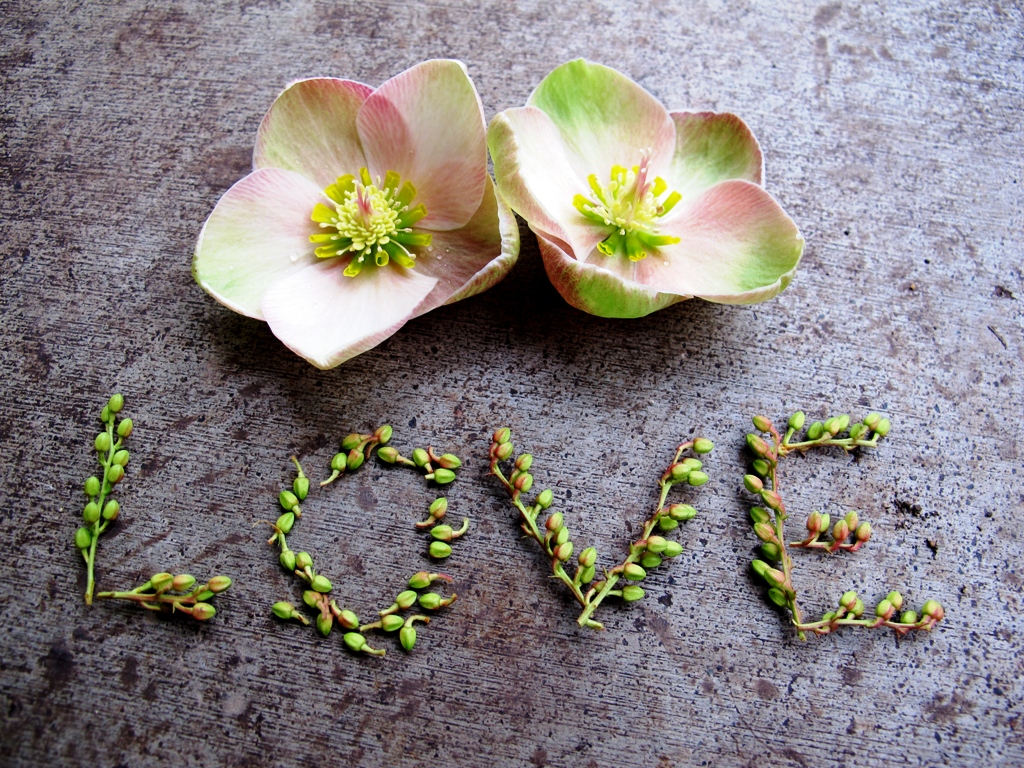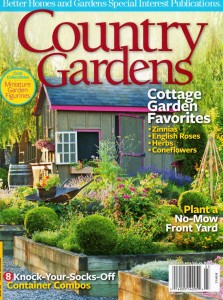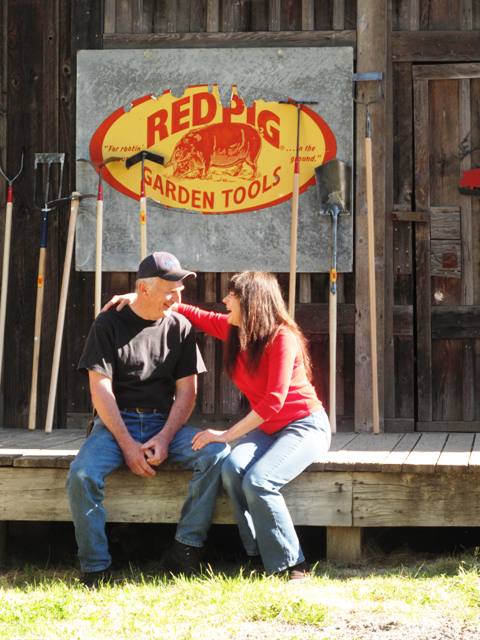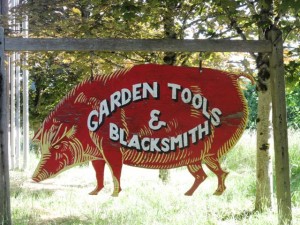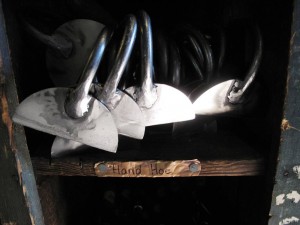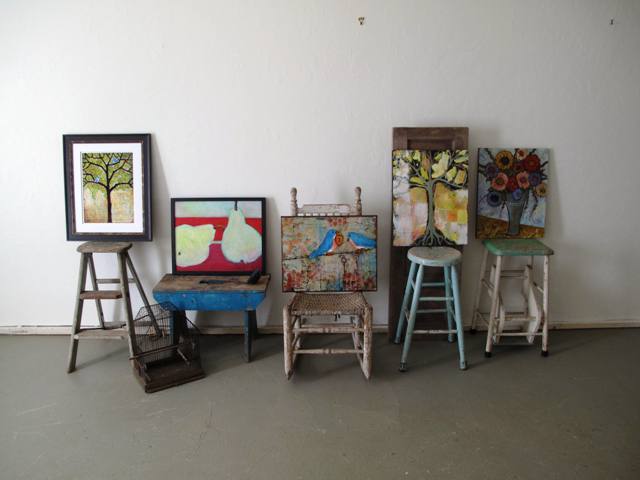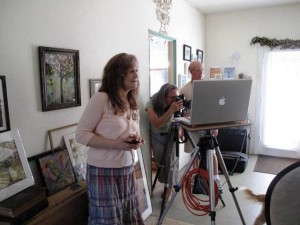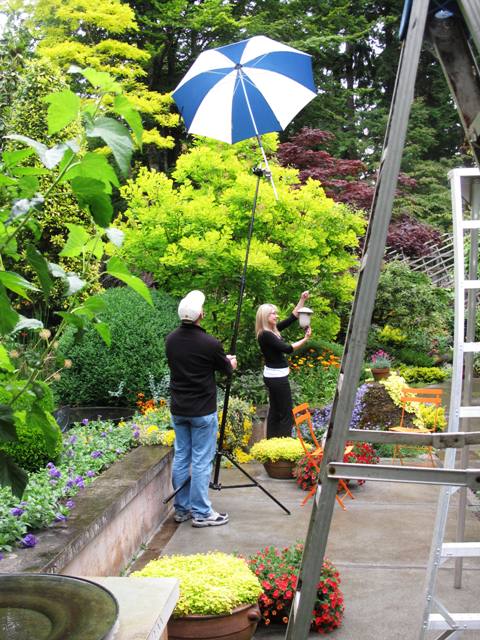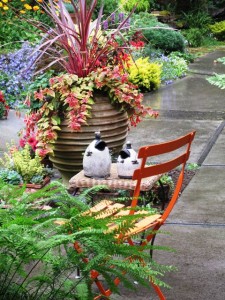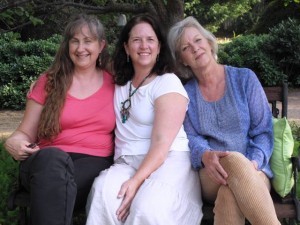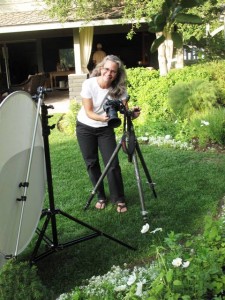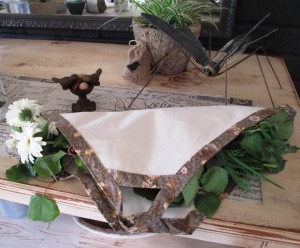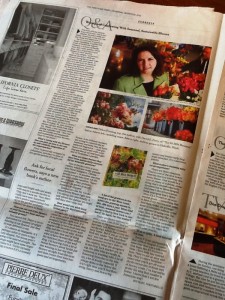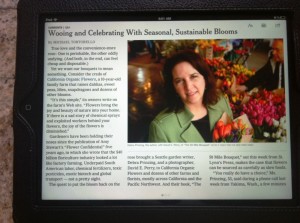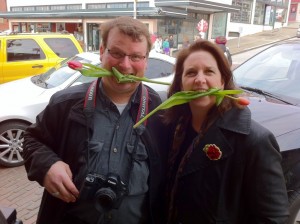Maybe we’re onto something here!
It all started just before Labor Day weekend on August 30th, when my friend Kathleen Williford, special events manager for the Monterey Bay Greenhouse Growers event, texted to tell me she had fractured the bottom of her fibula. “My ankle will not stop me,” she texted. But still, for a very active person, Kathleen felt sidelined. And I could tell she was discouraged.
“We should come up with a joint project,” I texted back. “How about a $10 challenge to find the perfect vintage vase online?”
“OK, you are on!,” she typed. “So we find the vase online, flowers local, $10 max.”
September 5th:
“A beautiful vase arrived today,” Kathleen texted. “I LOVE it!” I had sent her a vintage olive-green glass pedestal vase, just like one I own (and LOVE). Kathleen admitted to not really having much experience arranging in pedestal vases, however, she also admitted to being a sucker for colored glass anything.
September 6th:
“Just arrived! So lovely!,” I texted when the vase Kathleen ordered for me arrived. The slender porcelain vessel was embellished with a gold filigree design. And it had this imprint on the base: “Made in occupied Japan,” which I think means it was manufactured during the American occupation of Japan after World War II, from 1947 to 1952.
Yesterday we both posted our respective vases on Facebook, Twitter and Instagram, letting people know about the #friendlyflowers challenge. One of my friends saw the photo of the vase Kathleen sent me and she commented: “It’s so gypsy euro retro-ish!” — love that description.
Today, September 10th, Kathleen and I posted our designs. Here is mine:
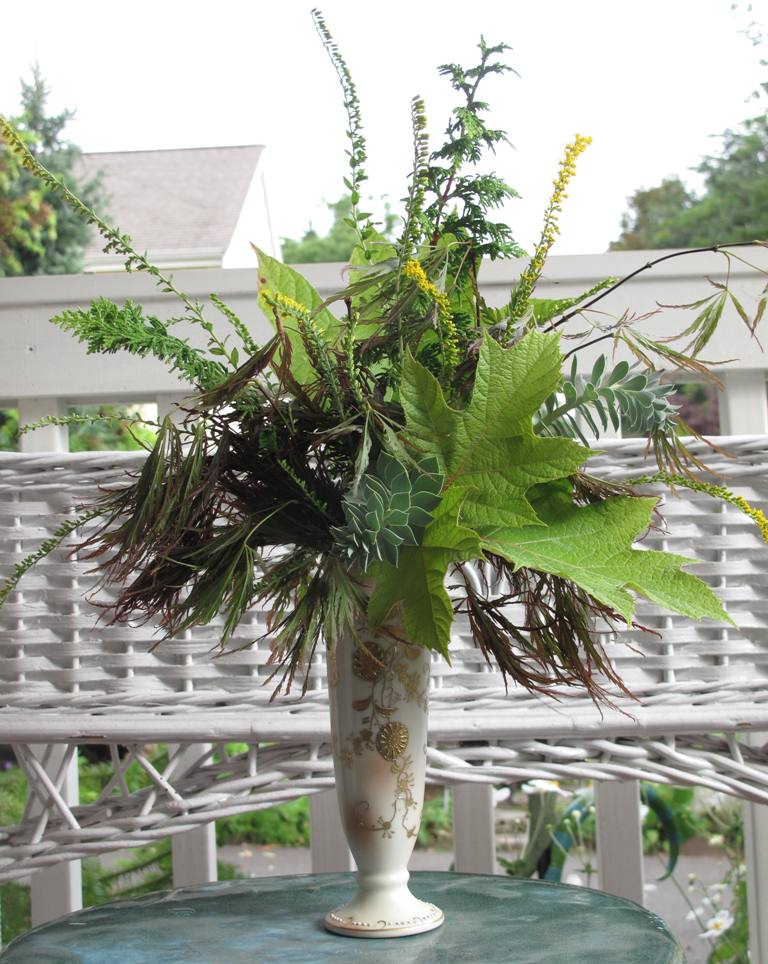
A truly local bouquet using all foliage from my garden and my neighbor’s garden. In a very special #friendlyflowers vase
Ingredients include all the goodies I was able to glean while gardening this week:
- Burgundy Japanese maple foliage, deeply cut. This is a weeping form tree, so you can see how nicely those fringed leaves drape
- Goldenrod (Solidago rugosa ‘Fireworks’), from my neighbor Colleen. Actually, it’s a flower, not foliage. But I tried to get the greenest stems still in bud
- False Hinoki cypress – one spray from a container plant (Chamaecyparis obtusa, unknown cultivar)
- Euphorbia myrsinites (Donkey tail euphorbia)
- Lime-green leaves from the oakleaf hydrangea (Hydrangea quercifolia), also in Colleen’s garden
Here’s the vase I sent Kathleen:
Green glass vase with beautiful square pedestal. Flowers: TO COME!~See her finished bouquet at Kathleen’s Facebook page, Twitter (@kathinated) or Instagram (caflwrpower)
Here’s the bouquet from Kathleen, using flowers from her parents’ garden:
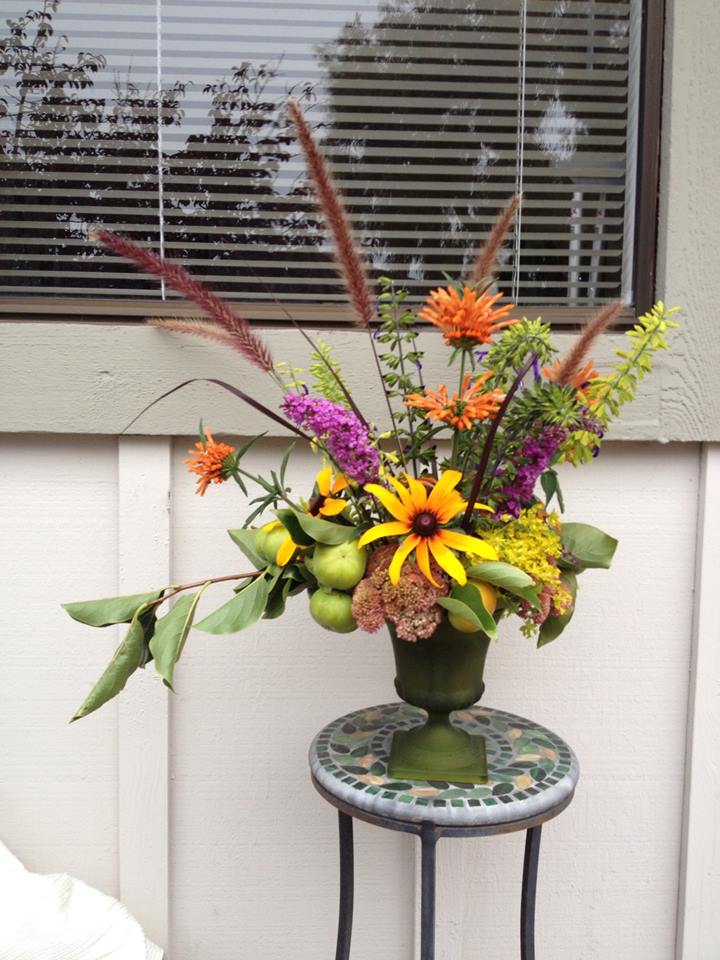
Kathleen used persimmons, sedum, grasses, assorted salvia, butterfly bush blossoms, and lions beard. Stunning~
If you like this idea, we encourage you to start your own #friendlyflowers challenge. The rules are easy:
1. $10 maximum vase budget
2. Send a vase to your friend and have him/her do the same for you
3. Fill it with #americangrown #slowflowers – all local
4. Post and share to inspire other friendly flower lovers!









